Synopsis
Scott Cooper was fascinated by how carbon atoms combined with other atoms, inventing the notion of ''bonds''.
- Programme: Chemistry: A Volatile History
- Episode: The Power of the Elements
- Channel: BBC Four
- Broadcast year: 2010
- Chemistry
Licence: ERA Licence required
UK only
Staff and students of licensed education establishments only
Cannot be adapted
Add Notes
More clips from Chemistry: A Volatile History
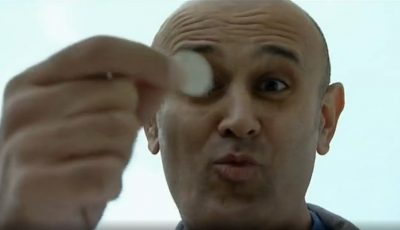
3: The Power of the Elements | Chemistry: A Volatile History
3: The Power of the Elements | Chemistry: A Volatile History
Jim Al-Khalili reveals the breakthroughs which harnessed elements' ability to release vast power, showing how sc...
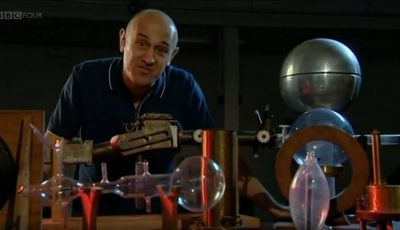
Alpha particles | Chemistry: A Volatile History
Alpha particles | Chemistry: A Volatile History
Rutherford stated the fact that most alpha particles go straight through foil is evidence for the atom being mostly empty spa...
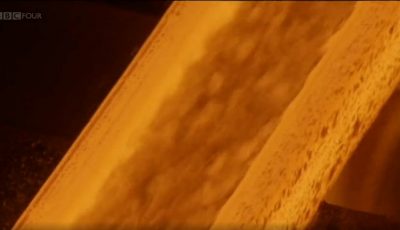
Iron compound and synthetic pigment | Chemistry: A Volatile History
Iron compound and synthetic pigment | Chemistry: A Volatile History
A demonstration of how Diesbach stumbled across the ingredients for the first synthetic paint.
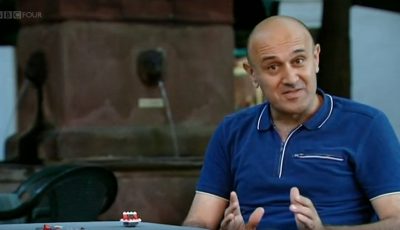
Isomers | Chemistry: A Volatile History
Isomers | Chemistry: A Volatile History
Jim Al-Khalili reveals the history of isomerism which was first noticed in 1827, when Friedrich Woehler prepared cyanic acid.
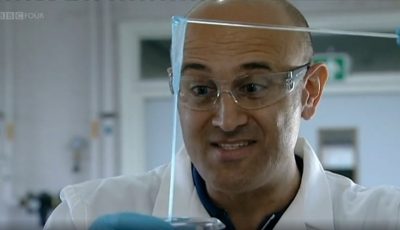
Nylon | Chemistry: A Volatile History
Nylon | Chemistry: A Volatile History
Jim Al-Khalili reveals the breakthroughs which harnessed elements' ability to release vast power, showing how scientists are trying to ...

Plutonium | Chemistry: A Volatile History
Plutonium | Chemistry: A Volatile History
Invented in 1940, scientists quickly realised plutonium was capable of undergoing nuclear fission.
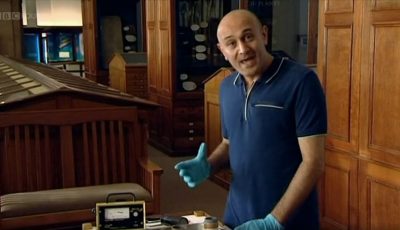
Radium | Chemistry: A Volatile History
Radium | Chemistry: A Volatile History
Radium was discovered in 1898 by Marie and Pierre Curie.
More resources about Bonding Structure and Properties

Ceramics | How It Works
Ceramics | How It Works
Professor Mark Miodownik looks at how simple clay, sand and rock can be changed into pottery, glass and concrete to build cities and transform the wa...
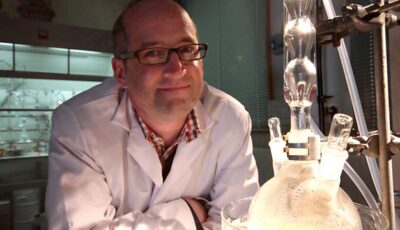
Plastic | How It Works
Plastic | How It Works
Mark Miodownik shows how plastics have brought luxury to the masses and reveals how the next generation will take its inspiration from nature and coul...
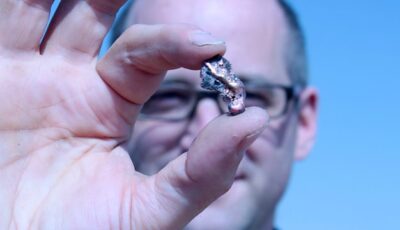
Metal | How It Works
Metal | How It Works
Mark Miodownik traces the history of our love affair with metal. He investigates metals at the atomic level and sees how metal crystals can be grown to ...
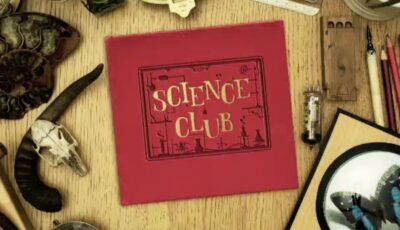
S2E6: Invisible Worlds | Dara O'Briain's Science Club
S2E6: Invisible Worlds | Dara O'Briain's Science Club
Dara and the team shine a light on some of the mysterious and usually hidden worlds surrounding us, from our internal e...
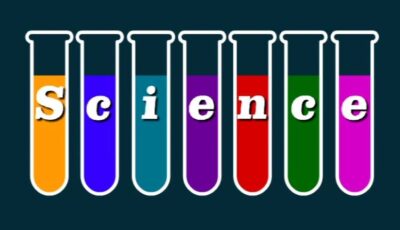
Introduction to Covalent Bonding | GCSE Bitesize Revision
Introduction to Covalent Bonding | GCSE Bitesize Revision
This video introduces covalent bonding, focusing on electron sharing, the use of dot and cross diagrams, and exampl...
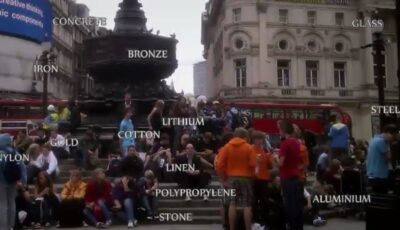
Materials: How They Work
Materials: How They Work
Materials scientist Mark Miodownik takes a look into the inner world of metals, ceramics and plastics and the microscopic structure that allows them...

Metals and Alloys | Science Fix
Metals and Alloys | Science Fix
Mark Loughlin looks at the science of forensics while in the studio we make a motor and Alison Chappell takes apart a selection of drills.

S2E5: Size Matters | Dara O'Briain's Science Club
S2E5: Size Matters | Dara O'Briain's Science Club
Dara and the team reveal why size matters in science and how discoveries large and small are changing the way we view the u...
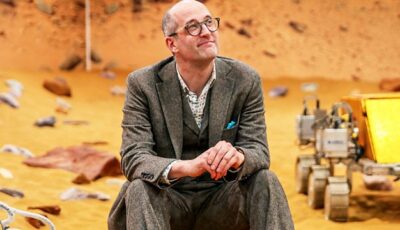
Secrets of the Super Elements
Secrets of the Super Elements
In the first BBC documentary to be filmed entirely on smartphones, Mark Miodownik reveals the weird materials that have built our high-tech world.
Semiconductors and WWII | Shock and Awe: The Story of Electricity
Semiconductors and WWII | Shock and Awe: The Story of Electricity
Jim Al-Khalili explains the importance of semiconductors, particularly with regard to fighting WWII.
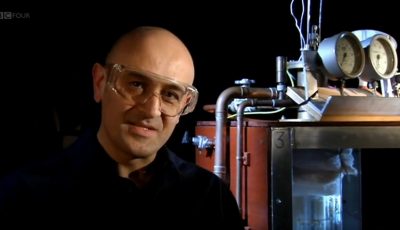
Superconductors | Shock and Awe: The Story of Electricity
Superconductors | Shock and Awe: The Story of Electricity
Jim Al-Khalili looks at how, in 1986, IBM researchers discovered a breakthrough regarding superconductivity in cera...
More from Jim Al-Khalili
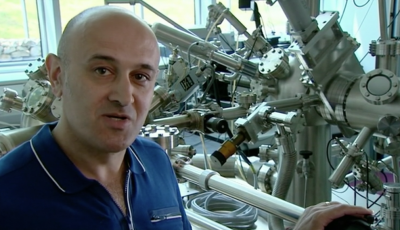
2: The Order of the Elements | Chemistry: A Volatile History
2: The Order of the Elements | Chemistry: A Volatile History
Professor Jim Al-Khalili looks at how the early scientists' bid to decode the order of the elements was driven b...
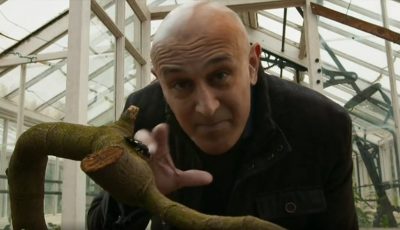
Einstein and the beetle | Gravity and Me: The Force that Shapes our Lives
Einstein and the beetle | Gravity and Me: The Force that Shapes our Lives
Professor Jim Al-Khalili explains Einstein's analogy of gravity that he told his son to explain his...
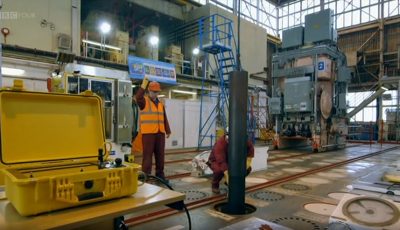
Prof Jim Al Khalili goes inside Calder Hall for his first look inside the core of a nuclear reactor | Britain's Nuclear Secrets: Inside Sellafield
Prof Jim Al Khalili goes inside Calder Hall for his first look inside the core of a nuclear reactor | Britain's Nuclear Secrets: Inside Sellafield
Nuclear physicist Professo...
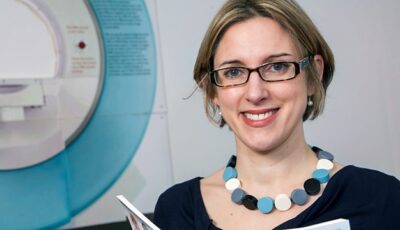
Sarah-Jayne Blakemore on teenage brains | The Life Scientific
Sarah-Jayne Blakemore on teenage brains | The Life Scientific
Professor Sarah-Jayne Blakemore talks to Jim Al-Khalili about her research on the developing teenage brain.
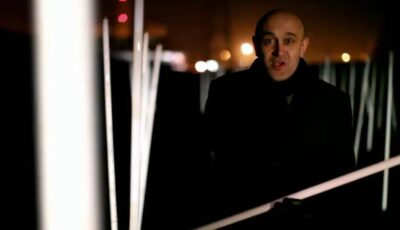
3: Revelations and Revolutions | Shock and Awe: The Story of Electricity
3: Revelations and Revolutions | Shock and Awe: The Story of Electricity
Jim Al-Khalili concludes by looking at how, if we could understand the secret of electrical supercon...

Fukushima: Is Nuclear Power Safe? | Horizon
Fukushima: Is Nuclear Power Safe? | Horizon
Six months after the explosions at the Fukushima nuclear plant in Japan, Professor Jim Al-Khalili sets out to discover whether nu...
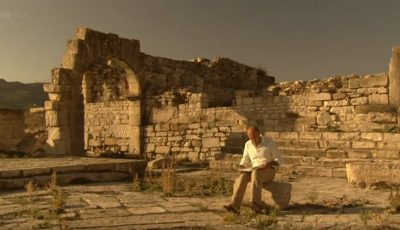
Al-Khwarizmi's digit and numerical system | Science and Islam
Al-Khwarizmi's digit and numerical system | Science and Islam
Jim Al-Khalili explains how our numerical system spread to Europe through the work of the Arabic mathematician ...
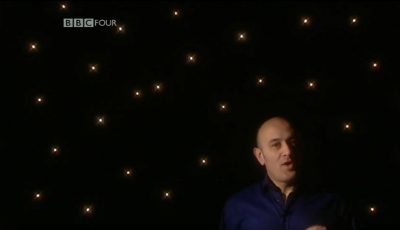
The big bang and the creation of hydrogen and helium | Atom
The big bang and the creation of hydrogen and helium | Atom
George Gamow believed that helium existed in the universe before the sun and the stars were formed.
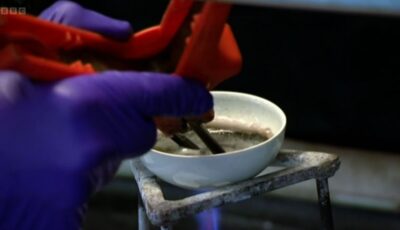
Electrolysis - Discovery of Potassium | Curriculum Bites
Electrolysis - Discovery of Potassium | Curriculum Bites
Spec references J248: C3.4b J250: C3.4b. Professor Jim Al-Khalili recreates the electrolysis experiment that lead to...
